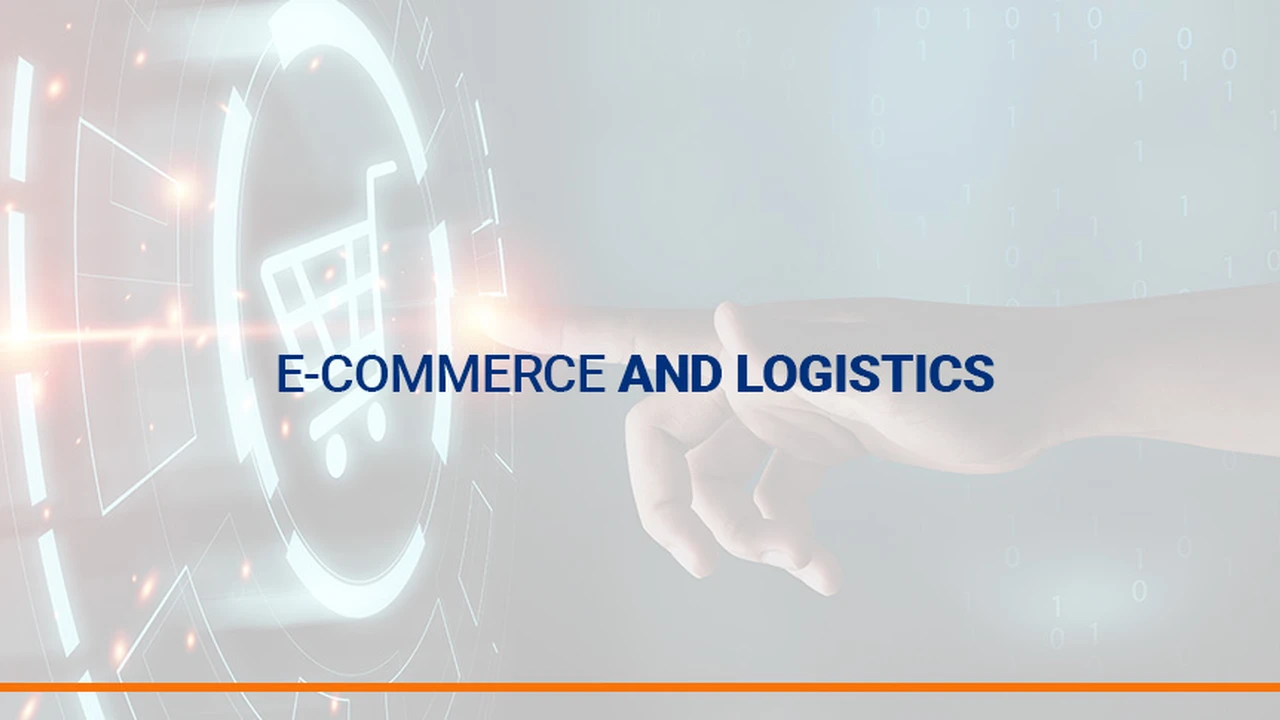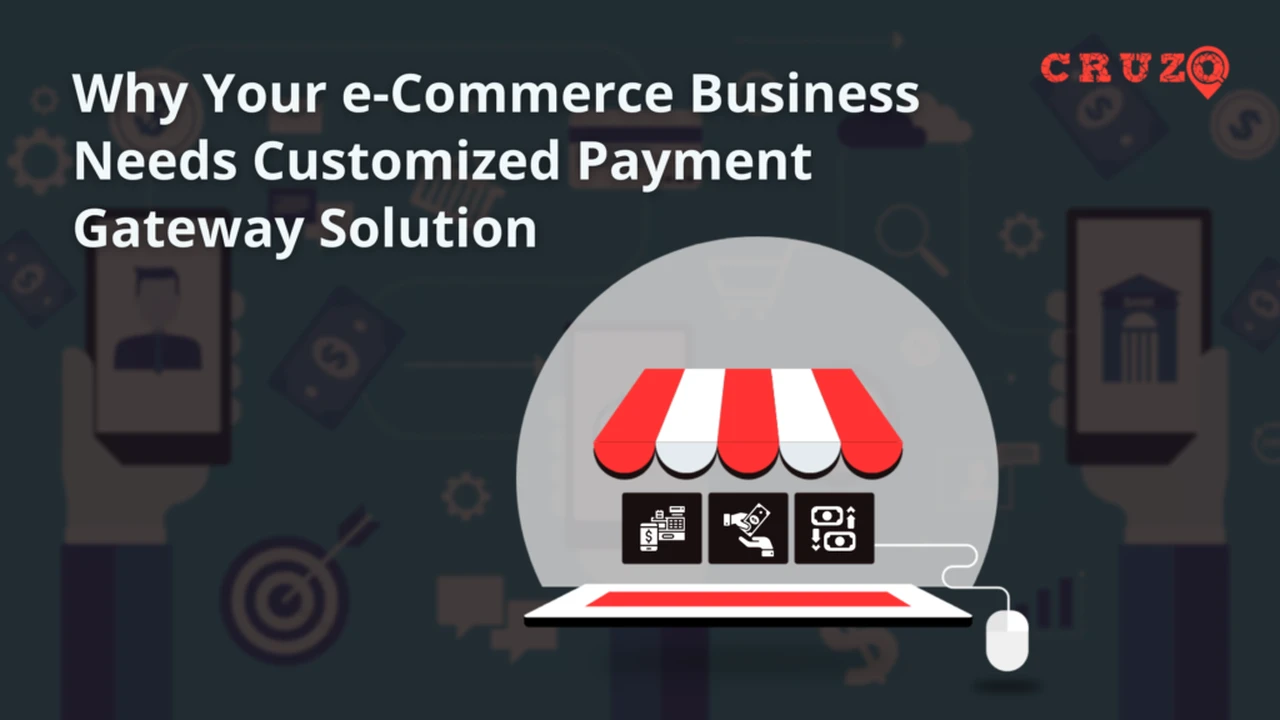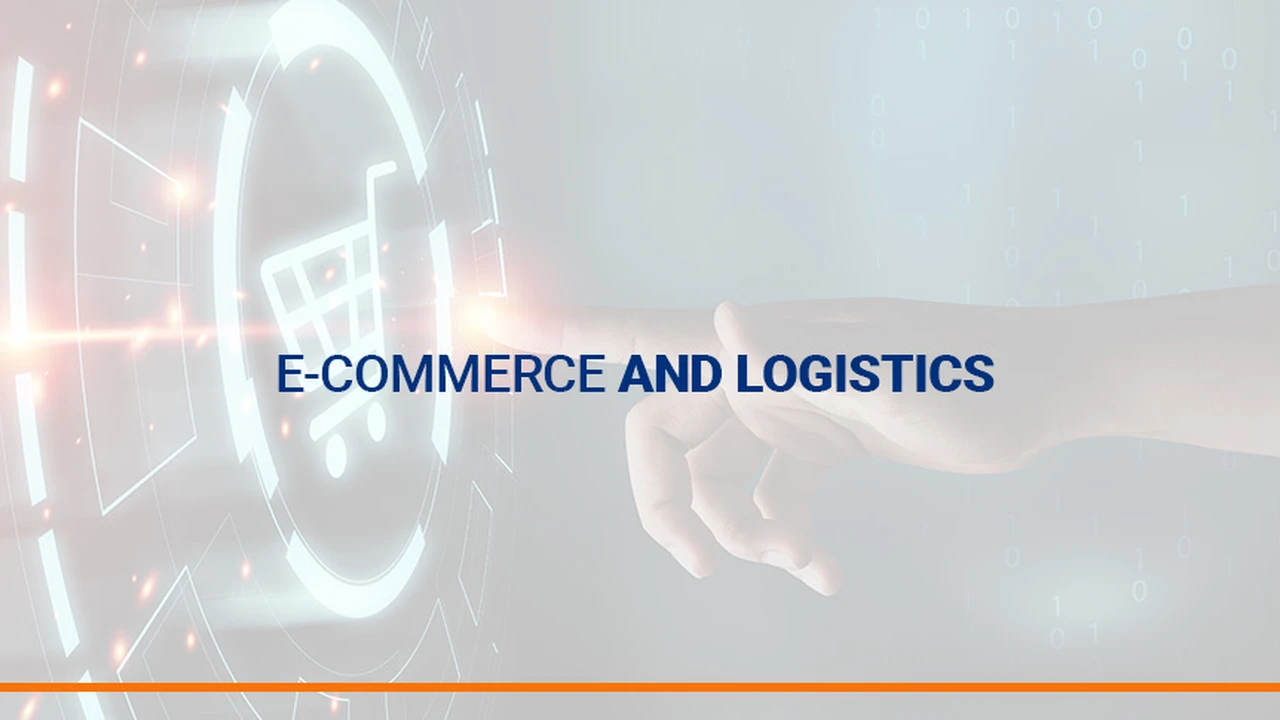The Impact of Infrastructure on E-commerce Logistics in SEA & Mexico
Sample meta description.

E-commerce Logistics Infrastructure Challenges in Southeast Asia & Mexico
Alright, let's talk about getting stuff from point A to point B in the e-commerce world, specifically in Southeast Asia (SEA) and Mexico. You might think it's as simple as slapping a label on a box and hitting 'ship,' but trust me, the infrastructure behind it all plays a HUGE role. We're talking roads, ports, airports, warehousing, and even the internet – all the stuff that makes or breaks your online shopping experience. Think of it like this: you can have the best online store in the world, but if your delivery truck gets stuck in a monsoon-flooded street for three days, nobody's going to be happy.
In both SEA and Mexico, the landscape is...varied, to say the least. You've got bustling megacities like Jakarta, Manila, and Mexico City, but also remote villages and sprawling rural areas. This geographical diversity presents some serious logistical headaches. Poor road conditions, limited port capacity, and unreliable power grids are common issues. And let's not even get started on customs regulations – each country has its own set of rules and paperwork, which can add weeks to delivery times.
Road Infrastructure and Its Impact on E-commerce Delivery Times in SEA & Mexico
Let's dive deeper into roads. Imagine trying to deliver packages in the Philippines, where many islands are only accessible by boat or unreliable roads. Or picture navigating the congested streets of Bangkok, where traffic jams are a daily occurrence. In Mexico, the mountainous terrain and aging infrastructure in some regions can make deliveries a slow and bumpy ride.
These road challenges directly impact e-commerce delivery times and costs. Longer transit times mean higher fuel consumption, more wear and tear on vehicles, and increased labor costs. It also affects customer satisfaction – nobody wants to wait weeks for their online purchase to arrive.
Port Capacity and Its Influence on E-commerce Supply Chains in SEA & Mexico
Ports are another critical link in the e-commerce supply chain. If ports are congested and inefficient, it can create bottlenecks and delays. Think of the ports in Jakarta or Manila – they handle massive volumes of cargo, and sometimes the infrastructure just can't keep up. In Mexico, ports like Veracruz and Manzanillo are crucial for international trade, but they also face challenges related to capacity and security.
Limited port capacity can lead to increased shipping costs and longer lead times for imported goods. This can make it harder for e-commerce businesses to compete with local retailers who source their products domestically.
Warehouse Logistics and Fulfillment Challenges for E-commerce in SEA & Mexico
Warehousing is another crucial element. Think about where your online orders are stored and processed before they're shipped to your doorstep. In SEA and Mexico, finding suitable warehouse space can be a challenge, especially in urban areas where land is expensive and demand is high. You need warehouses that are strategically located, well-equipped, and efficiently managed.
Many e-commerce businesses rely on third-party logistics (3PL) providers to handle their warehousing and fulfillment needs. These 3PLs offer a range of services, including storage, picking, packing, and shipping. Choosing the right 3PL partner is essential for ensuring timely and accurate order fulfillment.
The Role of Technology and Digital Infrastructure in E-commerce Logistics in SEA & Mexico
It's not just about physical infrastructure; digital infrastructure is equally important. Reliable internet access is essential for managing online orders, tracking shipments, and communicating with customers. Unfortunately, internet penetration and speeds vary widely across SEA and Mexico. In some rural areas, internet access is still limited or non-existent.
E-commerce businesses need to invest in technology solutions that can help them overcome these challenges. This includes things like cloud-based logistics management systems, mobile apps for delivery drivers, and online tracking tools for customers.
Specific Product Recommendations for Optimizing E-commerce Logistics
Okay, let's get into some specific products that can help streamline your e-commerce logistics operations in SEA and Mexico. We'll look at some different options, compare them, and talk about pricing.
Product 1: GPS Tracking Devices for Real-Time Delivery Monitoring and Fleet Management in SEA & Mexico
First up: GPS tracking devices. These are essential for real-time monitoring of your delivery vehicles. You can see exactly where your trucks are, how fast they're going, and whether they're on schedule. This helps you improve delivery efficiency, reduce fuel costs, and prevent theft.
Example Product: Teltonika FMB920. This is a popular and reliable GPS tracker that's suitable for a wide range of vehicles. It's easy to install, has a long battery life, and offers a variety of features, including geofencing and overspeeding alerts.
Usage Scenario: Install the Teltonika FMB920 in all your delivery vehicles. Use the accompanying software to track their movements in real-time. Set up geofences to receive alerts when vehicles enter or leave specific areas. Monitor driver behavior to identify opportunities for improvement.
Comparison: Compared to cheaper GPS trackers, the Teltonika FMB920 offers better accuracy, reliability, and features. It also integrates with a wider range of logistics management systems.
Pricing: The Teltonika FMB920 typically costs around $50-75 per device, plus a monthly subscription fee for the tracking software (typically $5-15 per vehicle).
Product 2: Mobile Barcode Scanners for Efficient Warehouse Management and Inventory Control in SEA & Mexico
Next, let's talk about mobile barcode scanners. These are essential for efficient warehouse management and inventory control. They allow you to quickly and accurately scan products as they enter and leave your warehouse. This helps you minimize errors, reduce waste, and improve order fulfillment accuracy.
Example Product: Zebra TC21. This is a rugged and reliable mobile computer with a built-in barcode scanner. It's designed for use in demanding environments and can withstand drops and spills. It also features a long battery life and a bright, easy-to-read display.
Usage Scenario: Equip your warehouse staff with Zebra TC21 scanners. Use them to scan products as they arrive at the warehouse, as they're moved to different locations, and as they're picked and packed for shipment. Integrate the scanner with your warehouse management system to track inventory levels in real-time.
Comparison: Compared to using manual inventory tracking methods, the Zebra TC21 significantly improves accuracy and efficiency. It also reduces the risk of human error.
Pricing: The Zebra TC21 typically costs around $700-900 per device, depending on the configuration.
Product 3: Route Optimization Software for Minimizing Delivery Costs and Improving Efficiency in SEA & Mexico
Now, let's consider route optimization software. This type of software uses algorithms to find the most efficient delivery routes, taking into account factors like distance, traffic, and delivery time windows. This helps you minimize fuel costs, reduce delivery times, and improve driver productivity.
Example Product: Route4Me. This is a popular route optimization software that's used by businesses of all sizes. It offers a variety of features, including route planning, real-time tracking, and proof of delivery.
Usage Scenario: Upload your delivery addresses to Route4Me. The software will automatically generate the most efficient routes for your drivers. Drivers can use the Route4Me mobile app to navigate the routes and collect proof of delivery.
Comparison: Compared to manual route planning, Route4Me can save you significant time and money. It also helps you improve customer satisfaction by ensuring timely deliveries.
Pricing: Route4Me offers a variety of pricing plans, starting at around $199 per month for a single user.
Product 4: Temperature Controlled Packaging Solutions for Perishable Goods in E-commerce in SEA & Mexico
For businesses dealing with perishable goods, temperature-controlled packaging is crucial. Maintaining the correct temperature during transit prevents spoilage and ensures product quality. This is especially important in the hot and humid climates of SEA and Mexico.
Example Product: Cold Chain Technologies Koolit® Gel Packs. These gel packs are designed to maintain specific temperature ranges for extended periods. They are reusable and come in various sizes to fit different packaging needs.
Usage Scenario: Place Koolit® Gel Packs inside insulated containers along with your perishable goods before shipping. The gel packs will help maintain the desired temperature throughout the delivery process.
Comparison: Compared to traditional ice packs, Koolit® Gel Packs offer more consistent temperature control and are less likely to leak. They are also more environmentally friendly than some other cooling solutions.
Pricing: Koolit® Gel Packs typically range from $5 to $20 per pack, depending on the size and temperature range.
Product 5: E-commerce Platforms with Integrated Logistics Solutions for SEA & Mexico
Using an e-commerce platform that integrates with logistics providers can significantly streamline your operations. These platforms often offer features like automated shipping label generation, real-time tracking updates, and discounted shipping rates.
Example Product: Shopify with integrated apps like Easyship. Shopify is a popular e-commerce platform that offers a wide range of integrations with logistics providers. Easyship is an app that connects you to multiple carriers and allows you to compare shipping rates and automate shipping processes.
Usage Scenario: Set up your online store on Shopify and install the Easyship app. Configure your shipping settings and connect your preferred carriers. When a customer places an order, Easyship will automatically generate shipping labels and provide tracking information.
Comparison: Compared to managing logistics manually, Shopify with Easyship saves you time and effort. It also helps you reduce shipping costs and improve customer satisfaction.
Pricing: Shopify plans start at around $29 per month. Easyship offers a free plan and paid plans starting at $29 per month.
:max_bytes(150000):strip_icc()/277019-baked-pork-chops-with-cream-of-mushroom-soup-DDMFS-beauty-4x3-BG-7505-5762b731cf30447d9cbbbbbf387beafa.jpg)






